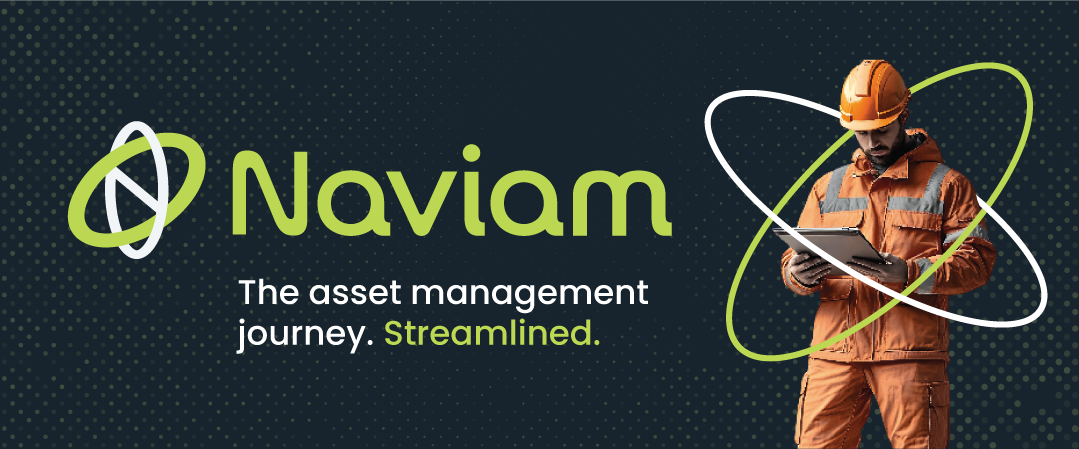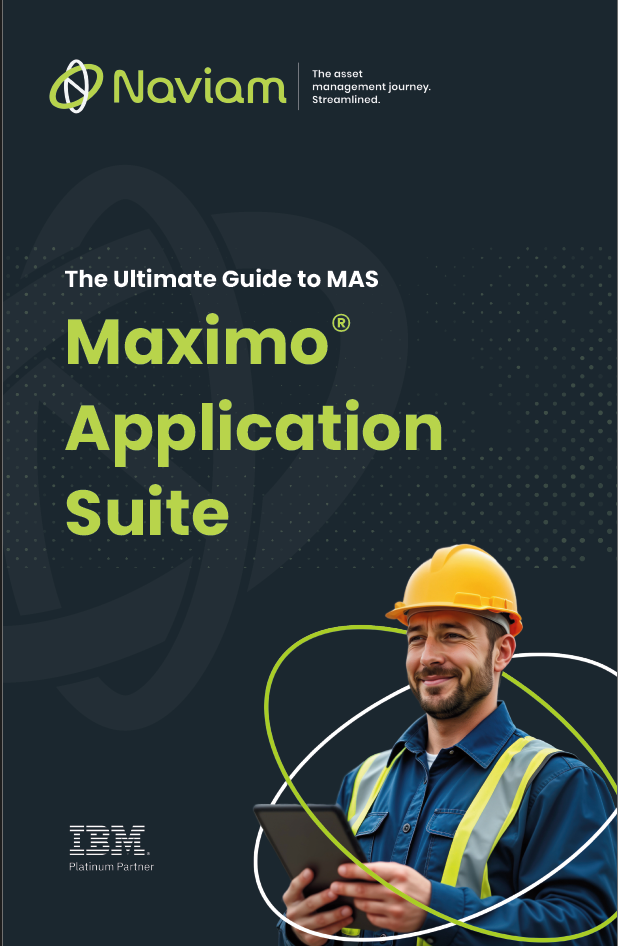
Resources
Containerizing the BIRT Development Environment for Maximo Manage
Chris Brown
July 14, 2025


As Maximo Manage evolves into a container-native platform, many of its supporting tools and development workflows are still tied to legacy technologies. One such tool is BIRT (Business Intelligence and Reporting Tools), which remains a core part of Maximo’s reporting capabilities—but it comes with some serious baggage.
In this post, I’ll walk through the challenges of working with BIRT in modern environments and how containerizing the BIRT development environment solves not just one but many of those challenges.
Maximo Manage 8.x and 9.x (and previously 7.6.x) rely on different versions of BIRT—some of which are over seven years old. For example, BIRT 4.8, required by Maximo Manage 8.x through 9.0, depends on Java 1.8, which Oracle stopped supporting in January 2019.
This creates several problems:
To address these issues, I containerized the BIRT development environment using Podman, a rootless container engine. This approach brings a host of benefits:
With Maximo Manage itself now running in containers, it makes perfect sense to bring the BIRT development environment into the same ecosystem. By containerizing BIRT:
And perhaps most importantly, you future-proof your development workflow.
Another major advantage of containerizing the BIRT development environment is how it enhances collaboration across teams. By using a shared, version-controlled container image, teams can ensure that everyone—from developers to testers to DevOps engineers—is working in a consistent environment. This reduces miscommunication, simplifies troubleshooting and makes it easier to scale development efforts across multiple projects or clients. Whether you're onboarding new team members or collaborating across time zones, containers provide a reliable and reproducible foundation that keeps everyone aligned.
During a recent project, we encountered an unexpected issue while developing reports for IBM Maximo Application Suite (MAS) Manage 9.0 using the containerized version of BIRT. Specifically, the report preview functionality failed to work—a problem that none of the other development teams had previously experienced.
After some investigation, we discovered that the root cause was related to the report context created by the libraries bundled with the containerized BIRT environment. Although these libraries were technically correct, they introduced a subtle incompatibility with MAS Manage 9.0.
The solution involved modifying the report to manually add a missing Maximo property to the report context. Interestingly, this issue hadn’t surfaced before because most reports for MAS 9 had been developed following IBM’s BIRT Development Guides. These guides link to library files intended for BIRT 8.x, which do not exhibit the same issue.
This experience serves as a valuable reminder: development environments can vary significantly, and those differences can lead to unexpected issues later in the pipeline. It underscores the importance of validating tools and libraries in the specific context of your deployment environment—even when following official documentation.
Legacy tools like BIRT don’t have to hold you back. With containerization, you can modernize your development environment without rewriting everything from scratch. It’s a practical, scalable solution that brings security, consistency, and flexibility to your Maximo reporting workflows.
Discover everything you need to know to modernize your asset management strategy.
Inside, you’ll learn:


ActiveG, BPD Zenith, EAM Swiss, InterPro Solutions, Lexco, Peacock Engineering, Projetech, Sharptree, and ZNAPZ have united under one brand: Naviam.
You’ll be redirected to the most relevant page at Naviam.io in a few seconds — or you can
go now.